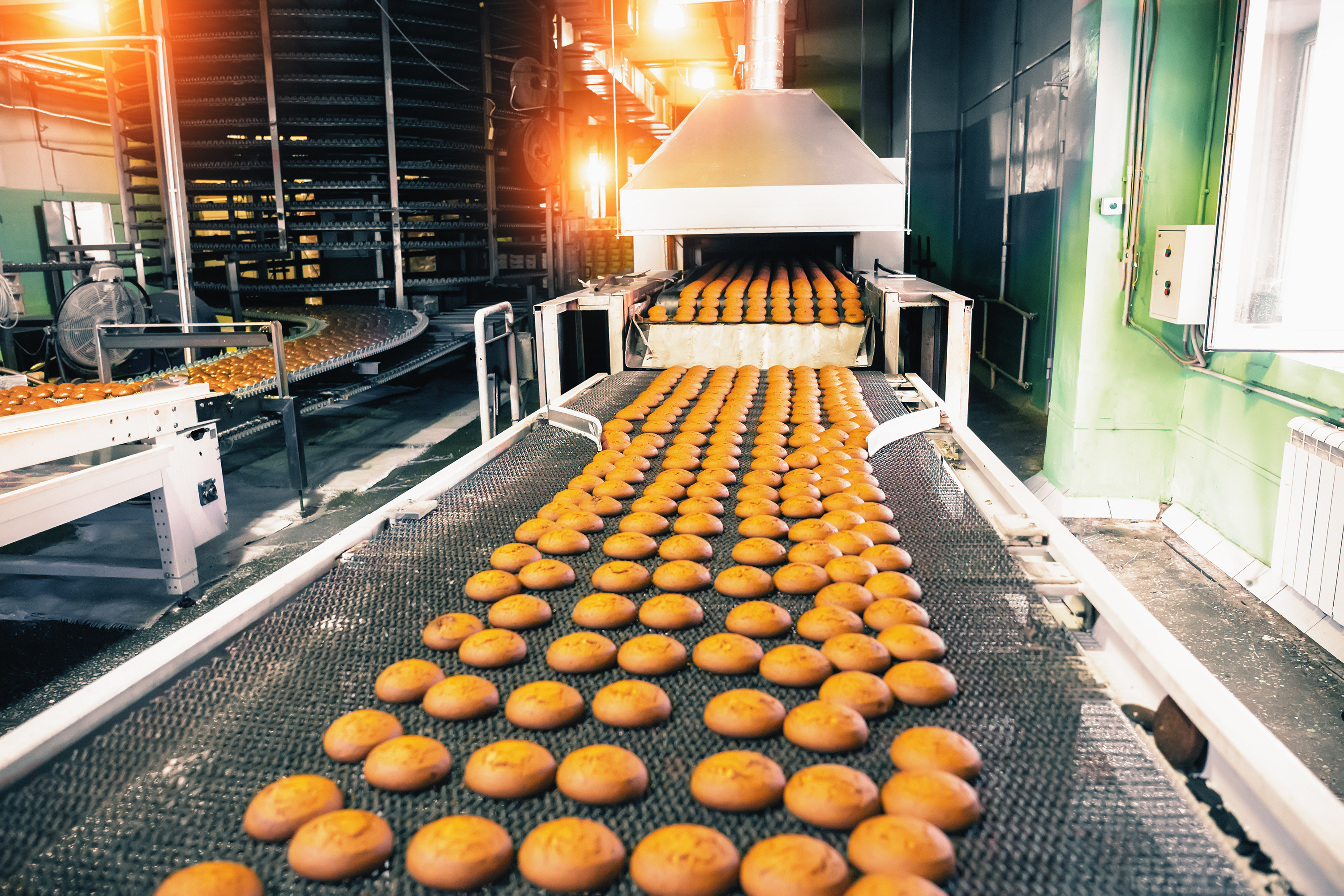1 min read
Safety in the Work Place: A Numbers you need to know series
There are just a few things that connect all manufacturers, no matter where they are in the world and no matter what they do. These are the key...
4 min read
Kristin McLane : May 30, 2023 at 10:00 AM

I’m a gardener. I absolutely love the taste of anything I can grow. Warm from the sun, things just taste better. I learned the art of a great tomato sandwich from my grandmother with thick Italian bread, toasted, a bit of mayo and thick slices of fresh tomato. (Now, I’m hungry.) There’s no tomato in the world better than the one you’ve just picked off the bush and eaten.
This spring, I seem to have bested the rabbits and partially the birds with my strawberries and blueberries (fingers crossed) and so yesterday, I made a pound cake to go with those. Again, yum. I found a recipe for the one I wanted to make and that’s where the trouble started. Yes, I was online, looking it up on my phone. My session was interrupted repeatedly by videos, ads and various things popping up that weren’t at all helpful. They took my attention and made it very difficult to see just what I needed and make progress.
I thought about a manufacturer I visited who struggled with production control and wondered why. They provided their operators with amazing work instructions and all the information they needed in beautiful packets for the shop. Even I could agree these things were partial works of art. Instructions were well-written and clear. Pictures provided all the guidance they needed, and data collection sheets were well laid out and open for people to put their measurements. Where did they go wrong?
When you know what you need to do and have clear instructions to do so, you have only the beginnings of true Production Control. It turns out that there is a lot that goes into production and (I always feel like a broken record here) it’s always moving. Unlike my forays into the kitchen, my eggs, milk, flour, sugar, and the like all sit there on my counter until I’m ready to use them. What if I had to wait for someone to finish using the ingredients before I could? When things are moving, they are inherently more complex.
We believe that you need to know what to do, how to do it and where you are in the process. That last one is tricky, because it means you need to know whether you’re on-task, ahead or behind. You need to know that you’ll get everything done both on time and correctly. You need to know that the resources you need (not just the ingredients here, but the people as well) to do the work are available and can do it properly.
Production Control is about anticipating what could possibly go wrong and planning for it without having to lay out all those pathways in advance. For instance, I know that there are extra eggs in the refrigerator – I don’t need to have them on the counter. In your shop, you may have multiple ovens. (I’m a bit more stuck on that one than you – this thing wasn’t going to bake itself in my toaster.)
The manufacturer that I talked about earlier didn’t have visibility into what was going on in his shop. It took a quick walk around and, perhaps, a new set of eyes to see what he couldn’t. His people had issues, real issues, with the packets that they had spent hours putting together. While his team had prepared beautifully written instructions, drawings, safety, data and quality sheets, they did not assemble the packet to be usable to the team. The first operator wasn’t such an issue, but when you got further into the process, the problems were apparent, where operators were flipping through the stapled packets to find their information. Instructions on page 5, pictures way back at page 20 and quality sheets somewhere in the middle. It was a constant struggle for them to find their information – just what they needed. And the flipping was endless.
We often talk about visibility when we discuss being able to see what’s going on in your shop. Real-time visibility can be a set of one or more dashboards with critical information. For this poor guy, though, visibility for his workers was hampered by the work his team had done. Giving them “everything they needed” involved giving the entire crew everything the entire crew needed. These two things are most definitely not the same.
For me and my cake, it would be like walking on the set of a tv cooking show where everything is measured out in its exact quantities and placed (at the right temperature) in bowls in front of me in the order they go into the pot. I wouldn’t have to find and lug my mixer to the counter – it would already be there. Instructions would be well-written and cue on the prompter as I needed them.
Now, if you can’t be there for your team like that (and who can?), you need to find a better way.
The work you do is generally a connected series of tasks and it’s important that these happen in a specific order. Some work can be done simultaneously with other steps in the process and some work can be coordinated with other work you’re doing – like prepping all the ingredients for the cake and its toppings at the same time. Other tasks need to be done one at a time and you must wait for the outcome of one before starting another. You get the point. Workflows can be and even often are very complex sets of inter-moving parts.
If you want true control over your production, then you need someone or something to help you with this process – monitoring, controlling, and flexing while it’s in process. From our time on the shop floor, I can tell you definitively that a person is never the answer here. It could be a team. Reliance on an individual to get you the answers you need is an undue amount of stress on one individual and often a poor way for you to get the work done. That person becomes so critical to your process that they become irreplaceable and you will be challenged when the leave, if only for a weekend.
Consider whether you’ve got what you need for your shop, your team, and your workflow. Think about how often things are changing and how often they're going well (or not) to determine how much help you may need in this area. Look at your inventory, process control and scheduling to really learn how your team is fairing.
Support and empower your team with a system that gives you the data you need to know. Production Control is not something an ERP can do. You need a system that gives you visibility, productivity, and flexibility - typical financial systems cannot handle this. Push the Connect button to learn about how we help teams with this. Or, if you have a question, reach out to info@cimx.com. We are here to help you save money, time and get your Production under Control.
Contact CIMx Software to see how a Manufacturing Execution System can improve production control for you.

1 min read
There are just a few things that connect all manufacturers, no matter where they are in the world and no matter what they do. These are the key...

1 min read
No matter what game you play, you need to know the rules you operate under. Rules are critical to the game itself; they dictate how the players...

You can’t get around the news that 3 major banks in the US have now failed. This is news everywhere. How does an institution lose 90% of its value...